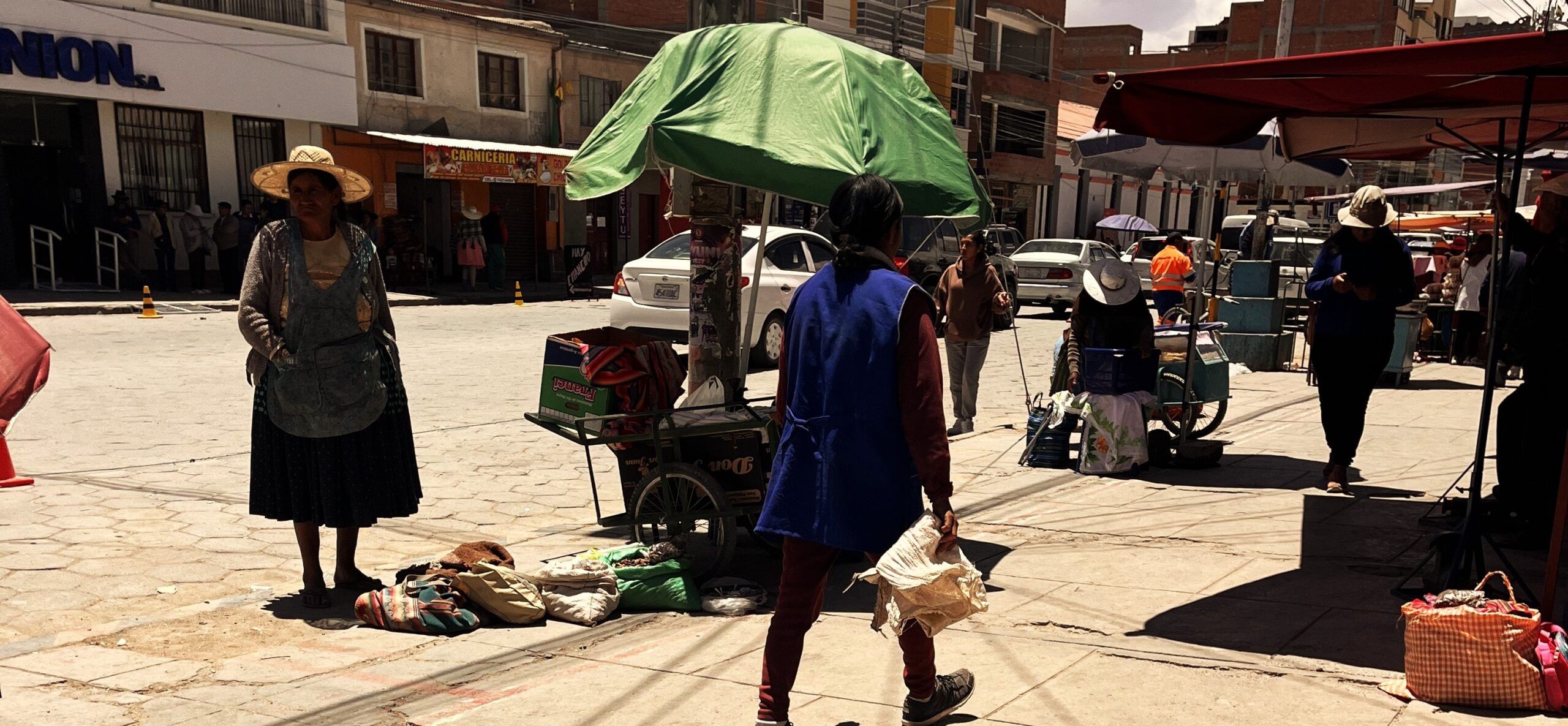Most people overlook Uyuni as a stopping off point for the beginning or end of a tour to the Salar de Uyuni. By all accounts, there is not much to do here. A Google search for “things to do in Uyuni” will bring up a long list of things to do outside Uyuni (which we had done already on our tour from San Pedro de Atacama) but very little in Uyuni itself.
We spent two nights in Uyuni as we needed to work around the timetable for our train to the Bolivia/Argentina border, which runs several times a week. We had assumed Uyuni would be basically a tourist town, in much the same vein as San Pedro de Atacama. But it actually had a very different and much more authentic feel to it.

This was evident in selecting a restaurant for our dinner on the day we arrived. We consulted Google Maps and were met with an abundance of poor reviews for Uyuni’s various restaurants, with an alarming number of customers across the town reporting that they had contracted food poisoning from eating llama meat. Fortunately there were a few with better reviews and we selected Vigus Restaurant.
We were greeted personally by the smiling restaurant owner. The restaurant had the feel of a school hall: a cavernous space with a wooden floor and too many bright lights. The owner brought us menus and gave us a pen and paper, inviting us to participate in his novel but effective system of the customer writing their own order down for him to collect. Our food was then prepared in the kitchen and, although it took over half an hour to arrive, it was fresh, tasty and clearly prepared with great care.
The next morning, we ventured into Uyuni’s markets. The outdoor market sells everything from phone cases to tomatoes. The substantial indoor food market, to city-dwelling westerners like us, was fascinating to look at: enormous sacks of quinoa or beans or other grains unrecognisable to us, towering piles of tomatoes and potatoes and green beans, and – inexplicably – huge boxes of Whiskas cat food.

We bought a tomato each from a toothless woman with hair tied into a long plait down her back, then two bread rolls from a woman at a stall outside the market, for whom we had to bend almost double under the low umbrella shading her stall. Finally we bought a bag of delicious-smelling cakes from a third woman. The total cost of all of this was around 55p.
Feeling peckish by this point, we spied a woman selling empanadas, dunking them in oil to give them a crispy edge before carefully laying them out to drain. A girl of around five sat on a chair beside the stall, clutching a toy flip-phone and some coloured sweets and eyeing us ordering our empanadas, as interested by us as we were by her. The empanadas were delicious.

By this time, children were on their way home from school, chattering away to their parents and holding snacks bought fresh from the market stalls. Many of them wore thick jumpers over their uniforms, evidently still feeling the cold in comparison to those of us who live in chillier climates.
Truth be told, there is not much to do in Uyuni. But it is worth a day here simply to observe the Bolivian way of life. Bolivia feels much less modernised and more traditional than the other places I went in South America and it is refreshing to see a place where people live simply and socially, not yet giving in to the influences of more technology-focused communities.
